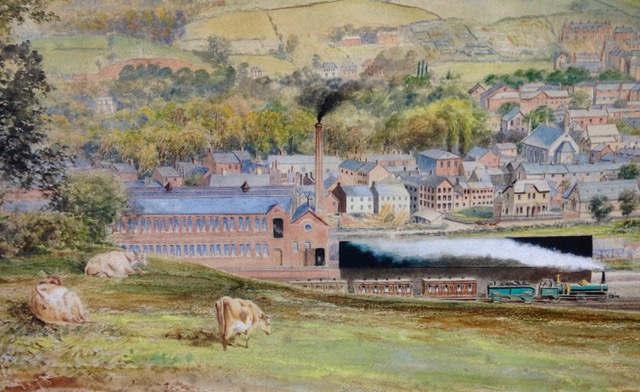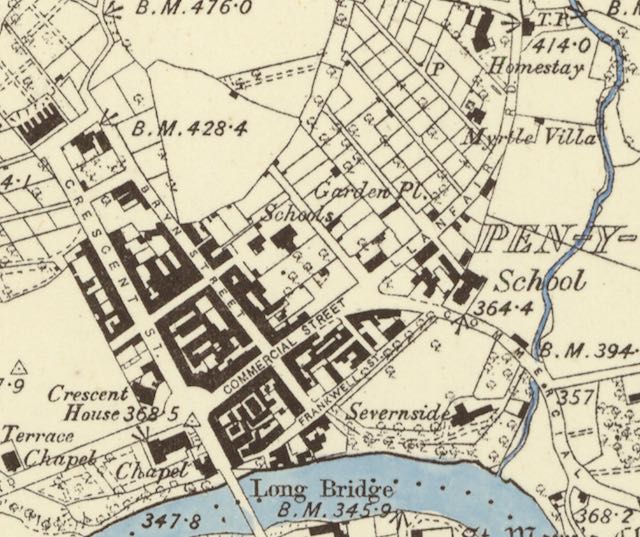
Education Guide
This short guide, which you can download here, provides an introduction to the history of our Victorian weaving factory which is now a museum. It is designed to help schools to meet the requirements of the Curriculum for Wales2022 and provide some guidance for planning a visit.
Interested in the history of Newtown, the woollen industry and the Museum ?- this is the place...
This page has a variety of stories about the town in the heyday of the woollen industry. You can also find links to the census information from 1841 - 1901 for Penygloddfa. In addition there are some bilingual videos telling individual stories as well as providing an introduction to the town's history.
Stories of Newtown
Each of the titles below will lead you to a story of one aspect of local history which we hope you will enjoy.
also the tragic story of a
and check out the latest article about Pryce Jones and his catalogues
Did your ancestors live in Penygloddfa in the 1800s?
Were they working in the Woollen Industry?
We are interested in the people who lived in Penygloddfa where the Museum is located. Census information for the area has been extracted so you can search it through the relevant years. Do get in touch if your ancestors appear here.
It has not been possible to be certain who lived in our building as house numbers were not included in the early census records. The 1911 census just shows the residents of our building, not the whole area. There are no plans at present to complete the rest of the 1911 data.
This small area of Newtown, shown on the right, has been chosen because it includes the area surrounding the Textile Museum. It reflects the huge changes in the town during the 1800s and particularly for this area, the period after 1827 when the Long Bridge was built, and the woollen industry was at its peak. There is a very noticeable change in the occupations of the residents over the 60 year span. It is also clear that this was not a very Welsh-speaking area.

